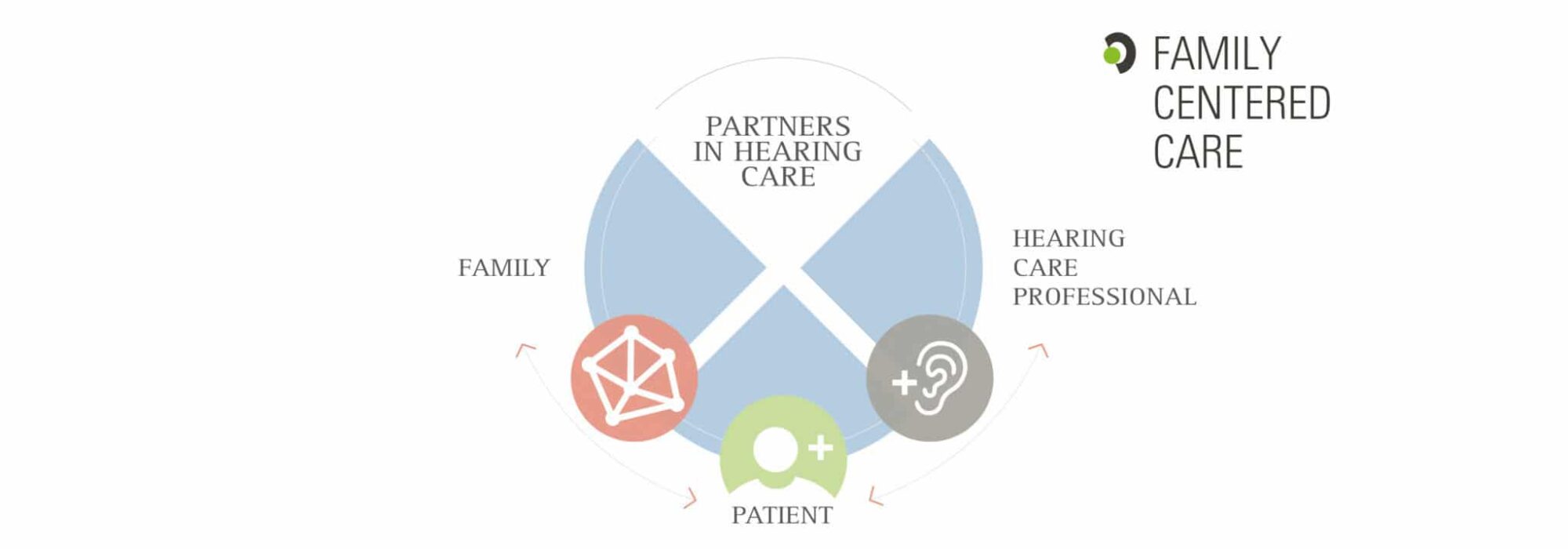Trick Strategies For Resolving Acoustic Processing Problems In Dyslexia Can Change Discovering Experiences-- Find What Strategies Can Truly Cultivate Success And Self-Confidence
Trick Strategies For Resolving Acoustic Processing Problems In Dyslexia Can Change Discovering Experiences-- Find What Strategies Can Truly Cultivate Success And Self-Confidence
Blog Article
Authored By-Bank Sykes
When you think about the obstacles that dyslexic learners deal with, it's clear that acoustic processing issues commonly play a significant function. You may wonder exactly how tailored methods can bridge the gap in between acoustic directions and comprehension. By incorporating visual aids and damaging tasks into convenient steps, you can boost emphasis and understanding. However, the solutions do not stop there. What other strategies can create a really supportive understanding atmosphere that fosters success and confidence?
Understanding Dyslexia and Auditory Handling
Dyslexia influences about 1 in 5 people, making it among the most typical learning disabilities. If you're browsing dyslexia, you might locate that it doesn't simply effect analysis and writing; it can likewise affect just how you process auditory details.
Auditory handling refers to exactly how your brain analyzes noises, including language. When you deal with this, it can lead to obstacles in understanding spoken instructions and following conversations.
You might notice that you commonly misinterpret what you listen to or that it takes longer for you to respond in conversations. This isn't a representation of your intelligence; it's a specific trouble pertaining to refining auditory signals.
Comprehending this link is crucial since it assists clear up why you might master visual jobs while encountering hurdles in tasks that depend on acoustic understanding.
Acknowledging these obstacles can encourage you. By recognizing the intricacies of dyslexia and auditory processing , you can much better support for your needs, whether in educational settings or social circumstances.
It's important to acknowledge these issues so you can look for the best assistance and approaches in the future.
Effective Techniques for Assistance
Navigating the difficulties of auditory processing can feel frustrating, however there are effective techniques that can assist you grow.
By executing these methods, you can improve your understanding experience and improve your capacity to procedure acoustic details.
- ** Utilize aesthetic aids **: Coupling auditory guidelines with aesthetic assistances, like charts or representations, can considerably boost comprehension.
- ** Damage jobs into smaller actions **: Simplifying instructions right into manageable portions allows you to focus and refine information more effectively.
- ** Exercise active listening **: Engage in workouts that urge you to listen attentively, such as summarizing what you've heard or asking concerns for clarification.
- ** Include innovation **: Make use of apps or software program made to assist with acoustic handling, such as speech-to-text devices or audiobooks, to strengthen knowing.
Creating Supportive Knowing Settings
Producing an encouraging learning environment is essential for aiding people with auditory processing difficulties do well. Start by lessening diversions in your classroom or learning area. Use acoustic panels or soft furnishings to take in audio, which can help trainees concentrate far better. Make sure seating plans permit clear sightlines to the instructor and any type of aesthetic aids.
Next, incorporate clear and succinct interaction. Talk gradually and use simple language, looking for understanding frequently. Encourage students to ask questions if they're not sure. Aesthetic aids like charts, representations, and created directions can enhance comprehension and retention.
In addition, promote a society of persistence and understanding among peers. Educate pupils about acoustic processing problems, advertising compassion and support. Team activities can be valuable; just ensure that roles are clear and that pupils collaborate to sustain each other.
Ultimately, offer regular responses. Celebrate development and achievements, no matter how tiny. This motivation builds confidence and reinforces the idea that understanding is a journey.
Conclusion
In your trip to boost learning for people with dyslexia, consider each strategy as a tipping stone throughout a river. By weaving with waiting for the storm to pass and aesthetic help, damaging tasks into bite-sized items, and supporting a supportive environment, you help produce a bridge to understanding. Remember, fostering compassion among peers and engaging families can light the course to success. With patience and commitment, you'll encourage students to overlook challenges, transforming their battles right into strengths.
